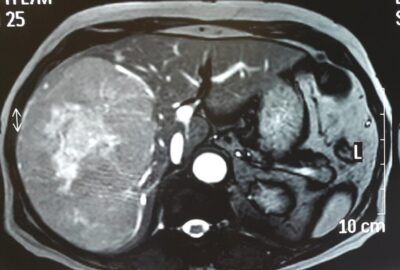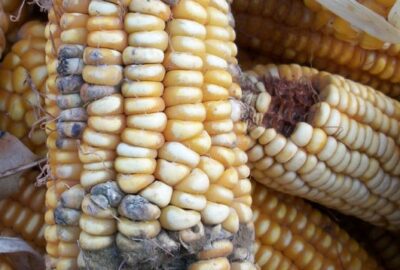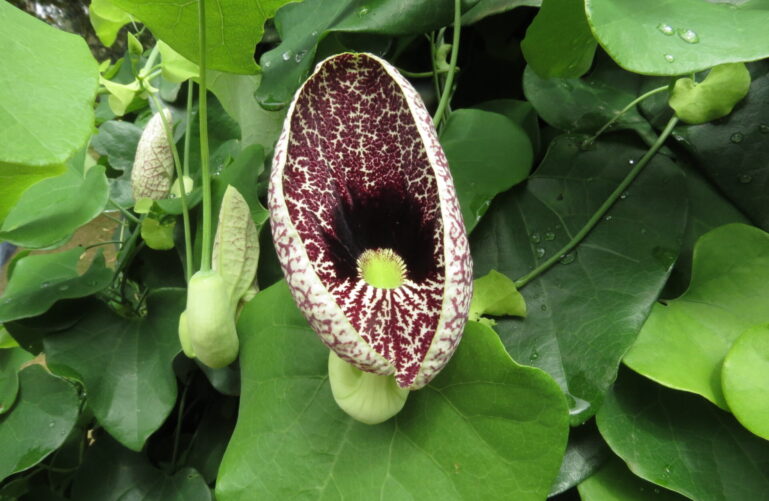Proven food contaminants that can cause cancer
There are proven food contaminants that can cause cancer, which is consumed by many without being aware.
To an extent, different kinds of food eaten according to geographical location influence the distribution and burden of cancers in different parts of the world. Although food contaminants attribute to a lesser degree as an aetiological factor of cancers, avoiding their inclusion in the preparation of food with these chemical carcinogens are easily amenable to be scrutinized by health regulators. This article briefs the WHO proven food contaminants that can cause cancer.
Contamination of food can occur during production, storage or preparation. Also, the contamination occurs naturally or by humans. The commonest occurrence of contamination during storage is when cereals and grains are contaminated naturally by fungal growth releasing carcinogenic mycotoxins.
What organs do get affected by food contaminants
It can be assumed that the carcinogens found with food contaminants could initiate cancers in the gastrointestinal tract. But there are instances when the chemical carcinogens are absorbed and concentrated while been metabolized in the liver, or excreted via the kidneys. Hence there is a possibility it could affect these organs too. A well-known example is aflatoxin which causes liver cancers. Further during the preparation, chemicals found in the smoke (as in BBQ) can cause respiratory tract malignancies.
Watch the sinhala translation in Youtube.

What are the carcinogenic contaminants found in our daily food
Aflatoxin is a common and proven food contaminant that can cause cancer. These are naturally found carcinogens secreted by a fungus called Aspergillus. These secretions are called mycotoxins and aflatoxin is one of the mycotoxins that cause cancer. Aspergillus can grow on cereals, wheat, nut when stored under faulty conditions. But this can occur even at home when certain foods are kept outside without refrigeration. In Sri Lanka it is common to leave milk, curd, other dairy products, bread etc opened for hours after use. There are instances when a mouldy growth on the food is ignored and consumed by just wiping it off. This mould could be Aspergillus contaminated with aflatoxins. Continuous accumulation of aflatoxin in the liver is harmful.

Further aflatoxins can get into humans indirectly by consuming meat products when contaminated maize, corn have been fed to animals or factory preparatory process of coconut oil (fungus growing on the coconut kernel), cheese, butter, kinds of margarine etc which have been contaminated with the fungus. Mostly, these are the undisclosed but proven food contaminants that can cause cancer and sweep under the carpet by industrialists.
What organs do get affected by mycotoxins
Aflatoxins are considered as group 1 carcinogens (https://en.wikipedia.org/wiki/Carcinogen) and give rise to liver cancers (Hepatocellular carcinoma). It has been found that multiplicative interactions between aflatoxin and hepatitis B virus add to the development of liver cancers, especially in Asian countries.
Fumonisin is another mycotoxin secreted by Fusarium which can cause oesophageal cancers in humans. It is found in contaminated maize.
Are there any other contaminants other than fungus
Aristolochia is a plant found in grain fields that can get inadvertently contaminate during the harvest. The carcinogenic component, aristolochic acid though is a dietary carcinogen can cause renal and other urothelial cancers in humans. This is also classed as group 1 carcinogen by WHO.

Processed meats are been considered Group 1 carcinogens, which has been attributed to the development of colonic, pancreatic and prostate cancers. Further different chemical compounds are formed during cooking of red meat especially at high temperature or in the smoke of barbecue which are considered as carcinogens. Chemical fertilizers, agrochemicals and pesticides may leave various carcinogenic chemical residues that have an impact on the occurrence of cancers.
As many of these carcinogenic food contaminants are not disclosed or not been told, it is the right of the people to be knowledgeable and avoid these proven food contaminants that can cause cancer by following hygienic practices. Implementing strict health and food processing regulations and guidelines should be the way forward in cancer control in Sri Lanka.


